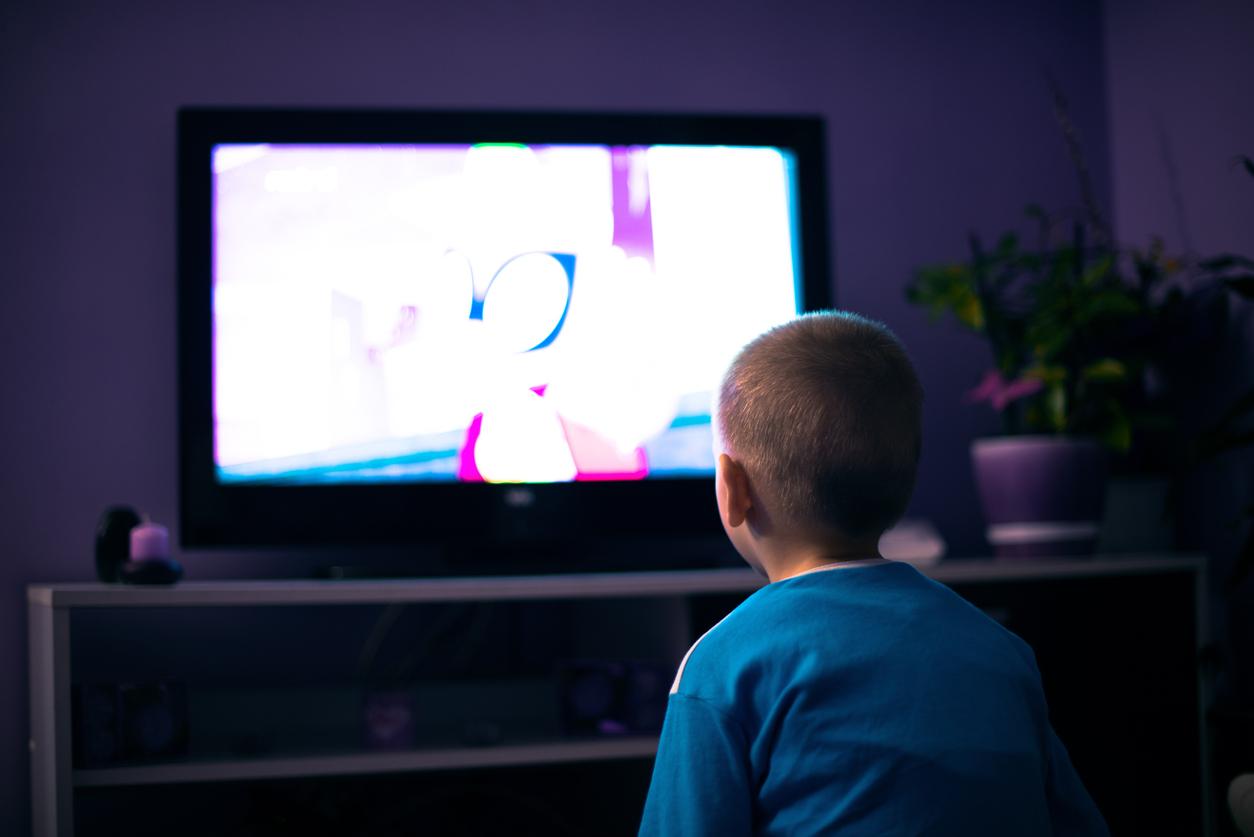Although modeling is a rather loose technique from Albert Bandura’s social learning theory, its success with children depends on a systematic procedure.

- Unlike reinforcement learning (i.e. a reward for behavior), modeling is based on observing the behavior of a person reacting to a situation.
- Before starting, it is therefore imperative to define short, medium and long term objectives, prioritizing behaviors according to their complexity.
- The first 4 steps then allow the child’s thoughts to be prepared. Once completed, you can continue with the so-called “observation” steps.
Based on Bandura’s observational learning, this technique allows you to acquire skills through, among other things, the imagination. Unlike reinforcement learning, that is to say a reward for a behavior (for children this can be a gift, an image, etc.), modeling is based on the observation of a person’s behavior reacting to a situation.
The first four steps help prepare thoughts
Before starting, it is therefore imperative to define short, medium and long term objectives, prioritizing behaviors according to their complexity:
1. Define the skill to be developed: If, for example, you want to help your child learn politeness, start by discussing the importance of good manners and the positive impact it can have on social interactions.
2. Use relaxation: You can offer your child simple breathing techniques to help them relax by presenting the experience as positive and fun.
3. Change erroneous beliefs: Take time to discuss any negative beliefs your child may have such as “others will make fun of me if I say hello” and work with positive affirmations to change them such as “say hello shows that I am polite and friendly.”
4. Clarify expectations and consequences of behavior: For example, explain to your child what is a good introduction and greeting by discussing eye contact, handshaking or smiling.
The other five steps concern observation
Step 5 is about being a role model: Become the role model for your child by presenting yourself appropriately. Do not hesitate to explain each step verbally, emphasizing the importance of each action.
6. Describe what is observed: Ask your child to describe what he observed in you and the positive consequences it can have.
7. Perform what is observed: Let your child practice by imitating your model. You can encourage him by gently correcting his mistakes and praising him for his attempts.
8. Guide from the model: Don’t hesitate to physically guide your child to ensure the action is appropriate.
9. Give specific and constructive feedback: Give positive feedback on your child’s behavior and suggest improvements in a constructive manner while encouraging them.
Do not hesitate to repeat this experience if necessary, always with kindness and encouragement.
Find out more: “100 games to help your child with learning difficulties” by Anne De Saint Vaulry and Florence Giorgio.

















